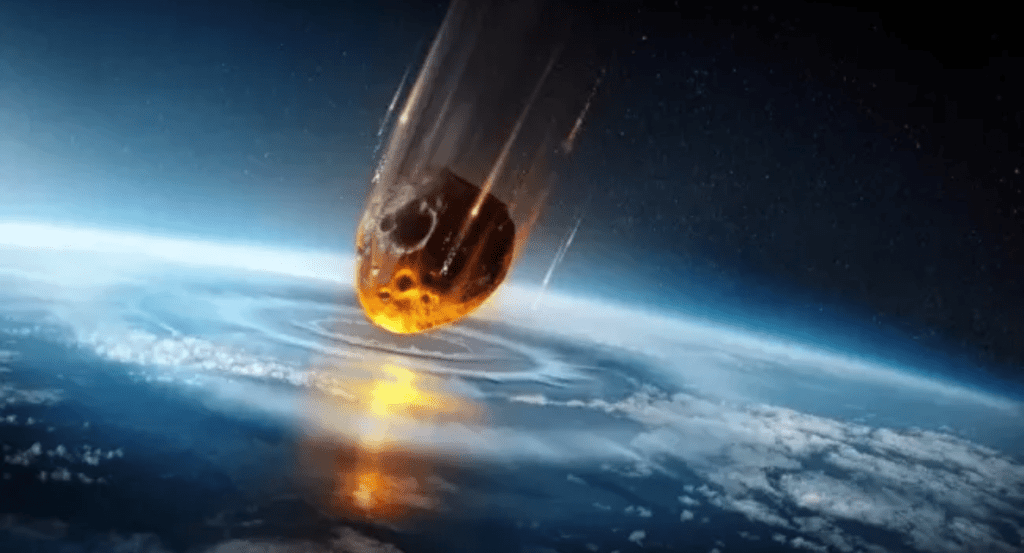A newly discovered asteroid, 2024 YR4, has drawn global attention due to its potential risk of impacting Earth, with NASA scientists identifying Nigeria and eight other countries as being in a possible impact zone. The asteroid, which measures approximately 30 meters in diameter, has been classified as a “city-killer” due to its potential to cause significant destruction if it enters Earth’s atmosphere and strikes a populated area.
NASA’s tracking data indicates that 2024 YR4 has a 2% chance of impact, a probability high enough to warrant serious scientific attention. The asteroid is set to make a close approach to Earth in the coming weeks, prompting emergency observations by the James Webb Space Telescope (JWST). This marks the first time the powerful space observatory has been redirected to study a potentially hazardous asteroid, a decision reflecting the urgency of the situation.
The asteroid was first detected in late December 2024, and since then, astronomers worldwide have been tracking its trajectory. Preliminary calculations suggest that if 2024 YR4 were to impact Earth, it could cause regional devastation equivalent to the Tunguska event of 1908, which flattened over 2,000 square kilometers of forest in Siberia. While the probability of impact remains low, the affected regions are being closely monitored, with NASA and international space agencies refining their models to determine the asteroid’s exact path.
The specific list of countries potentially at risk includes Nigeria, Brazil, Indonesia, India, China, the United States, Russia, Mexico, and South Africa. The impact locations remain uncertain due to slight variations in the asteroid’s projected course, which could shift as it travels closer to Earth. Scientists emphasize that continued observations over the coming days will provide more accurate predictions.
In response to the threat, NASA and other space agencies are evaluating possible mitigation strategies, including deflection methods such as kinetic impactors or gravity tractors. While such interventions are still in the experimental stage, previous asteroid deflection tests, such as NASA’s DART mission, have demonstrated the feasibility of altering an asteroid’s trajectory.
Public concern has grown as news of 2024 YR4 spreads, leading experts to stress the importance of scientific analysis over speculation. NASA reassures that while the asteroid warrants close attention, Earth has effective monitoring systems in place to detect and assess threats from near-Earth objects. The data gathered by JWST and other observatories will contribute to a more comprehensive understanding of the asteroid’s composition, speed, and rotation, all of which influence its path.
Governments of the potentially affected nations have been briefed on the situation, though no emergency measures have been activated. Authorities are relying on ongoing observations to determine if any response is necessary. Scientists stress that the most likely scenario remains a near miss, which would provide a valuable opportunity to refine planetary defense strategies.
As the asteroid’s approach date nears, researchers continue to analyze its trajectory, hoping to rule out an impact. With advanced space monitoring technology and international cooperation, experts are confident that Earth is better prepared than ever to respond to potential asteroid threats. More updates are expected in the coming days as NASA and global space agencies refine their predictions.























